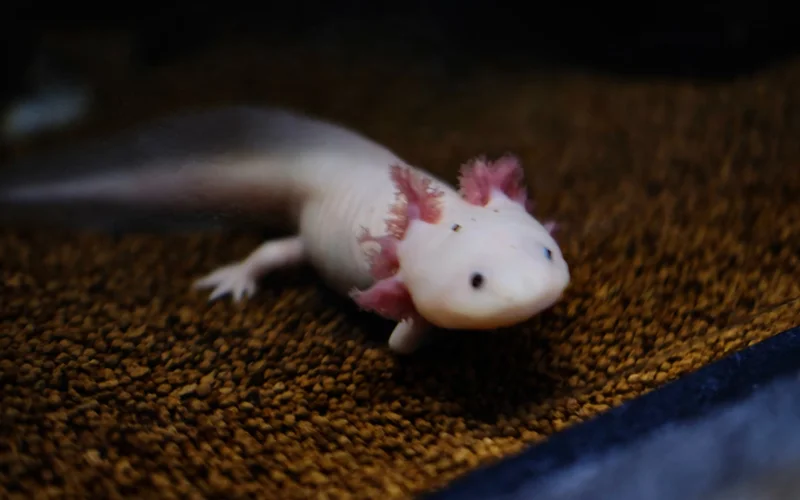Axolotl superpower decoded: A step closer to human limb regeneration
An American scientist has made a significant breakthrough in understanding how axolotls—Mexican salamanders famous for their regenerative abilities - regrow limbs and organs, reports a Kazinform News Agency correspondent.

James Monaghan, professor and chair of biology at Northeastern University, says this discovery could eventually pave the way for regenerative treatments in humans.
Axolotls are widely admired for their ability to fully regenerate lost body parts, including limbs and internal organs. In a recently published paper, Monaghan tackled a long-standing question in biology: How does an axolotl know exactly what to regrow—just a hand, rather than an entire arm?
Monaghan’s research points to a molecule called retinoic acid as the key. “The cells can interpret this cue to say, ‘I’m at the elbow, and then I’m going to grow back the hand’ or ‘I’m at the shoulder. I have high levels of retinoic acid, so I’m going to then enable those cells to grow back the entire limb,’” Monaghan says.
He found that axolotls have a gradient of retinoic acid signaling in their limbs, with more of it in the shoulder and less in the hand. This signaling directs regenerative cells, or fibroblasts, to rebuild the correct structures. By artificially increasing retinoic acid in an axolotl’s hand, Monaghan even caused it to grow a duplicate limb—proof that the signal can be manipulated.
“It could help with scar-free wound healing but also something even more ambitious, like growing back an entire finger,” Monaghan says. “It’s not out of the realm [of possibility] to think that something larger could grow back like a hand.”
Importantly, retinoic acid is not unique to axolotls—humans have it too. But unlike axolotl cells, human fibroblasts respond to injury by forming scars instead of regenerating tissue. “If we can find ways of making our fibroblasts listen to these regenerative cues, then they’ll do the rest,” Monaghan says. “They know how to make a limb already because, just like the salamander, they made it during development.”
In his experiments, Monaghan also discovered that a gene known as shox is activated by retinoic acid. When he deleted shox using CRISPR-Cas9, axolotls grew very short arms with normal hands—similar to what happens in humans with shox mutations.
“For regenerative biology or regenerative medicine to move forward, we need to understand where positional memory lies and how to manipulate it and engineer it,” he says. “How do you make a cell move where you want? Changing its positional memory is critical for this.”
While the research is still in its early stages, Monaghan’s findings bring scientists a step closer to applying these extraordinary abilities to human medicine.
Earlier, it was reported that a team of Japanese scientists led by Hiromi Sakai at Nara Medical University developed a new type of artificial blood, compatible with all blood types. This innovation offers a promising solution to the global shortage of donor blood.
